XR At a Glance
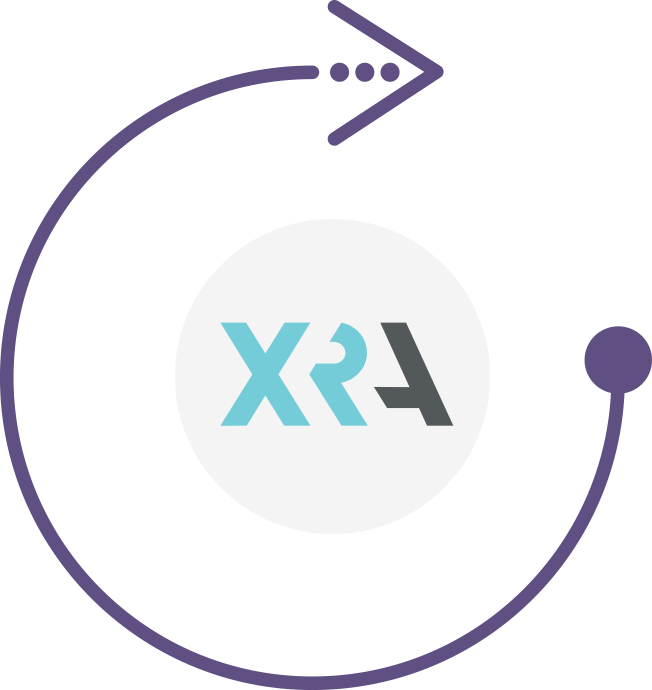





XR is an umbrella term that encompasses AR, VR, mixed reality, and other forms of alternate, expanded, or immersive reality applications, including those not yet invented.
The XR Association promotes the dynamic global growth of the XR industry, which includes virtual reality, augmented reality, mixed-reality, and future immersive technology. XRA is leading the way for the responsible development and adoption of XR by convening stakeholders, developing best practices and research, and advocating on behalf of our members and the greater XR industry.
Association members represent the headset and technology manufacturers across the broad XR industry, including Google, HTC, VIVE, Microsoft, Oculus from Facebook, and Sony Interactive Entertainment.










Virtual reality (VR) is an immersive medium that replaces a user’s real surroundings with a simulated environment, such as a foreign destination, a virtual lecture hall, or a video game. Rather than viewing two-dimensional content on a screen, VR users are immersed in and able to interact with 3D worlds. By incorporating multiple senses, such as 360-degree vision, hearing, and touch, VR headsets function as gatekeepers to artificial worlds.
Augmented reality (AR) layers computer-generated imagery onto a user’s view of the real world, thus providing a composite view. For example, an AR-enabled windshield might display information about a driver’s speed or nearby traffic conditions without obscuring the road. Alternatively, in smartphone-enabled AR, a shopper might use a mobile camera to virtually test out living room furniture before making a purchase.
Mixed reality (MR) blends augmented and virtual reality, allowing users to experience simulated content within their physical worlds and to manipulate and interact with virtual elements in real time. In mixed reality, a user might place a 3D image of a sofa in their living room, as they could in AR, but also turn, reposition, resize, or otherwise adjust the image to explore different views and angles.
XR remains in the early stages of the innovation timeline, with early adopters and enterprise users scratching the surface of the technology’s possible applications.
While XR can be traced in principle to 1920s-era flight simulators, its more modern forms date to 1962, first when cinematographer Morton Heilig patented the Telesphere Mask and shortly thereafter when Ivan Sutherland created the “Sword of Damocles” that rendered images for the viewer’s changing position, giving rise to head-mounted displays (HMDs). In 1977, George Lucas gave viewers a mass commercial look at holographic imagery when Princess Leia called out for Obi Wan Kenobi. More than a decade later, in one of the first commercial applications of AR technology, General Motors created a heads-up display for the Oldsmobile Cutlass in 1988. These early incarnations of XR technology have given way to sleeker form factors and an array of compelling content. With powerful, life-saving applications to healthcare, workforce development, education, manufacturing, and more, XR is poised to become a bigger part of day-to-day life for users across the globe.
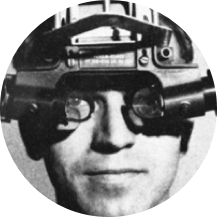

The first head-mounted display debuts and flight simulators are introduced in the U.S. space program and defense industry.
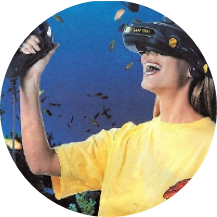

VR products and services briefly proliferate but ultimately prove unsuccessful.
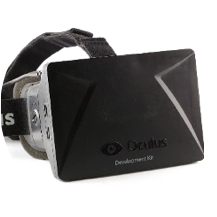

Oculus unveils the Rift headset prototype, ushering in a new age of XR innovation. Mixed reality devices like smart glasses emerge among enterprise users and select early adopters.
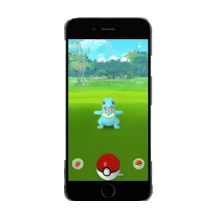

The Oculus Rift, HTC VIVE, and PlayStation VR headsets emerge. AR gains consumer popularity as Pokémon GO shatters mobile gaming records.


Consumer spending on XR increases from $2.8B in 2016 to $7.7B in 2018


Rather than rely on a single skillset, workers are increasingly expected to upgrade their skills quickly and efficiently throughout their career—particularly in industries where generations of technology outpace generations of workers. Case in point, auto mechanics are being trained to service and maintain fully electric vehicles through VR. Engineering giant Bosch and auto giant Ford have teamed up to develop applications where auto technicians use VR to “go inside” an electric vehicle, navigate through various modules as if they were walking through rooms, identify problems, and make repairs.
VR offers experiential surgical education, helping surgeons increase their skill level. A study from UCLA’s David Geffen School of Medicine saw a 230% boost in overall performance in tibial intramedullary nailing, a procedure to repair a fractured tibia, among VR-trained surgeons relative to their traditionally trained counterparts.
VR can spare manufacturers from developing countless physical prototypes by allowing the creation of interactive virtual models. Ford Motor company is working with Gravity Sketch, a 3D VR tool that enables designers to create more human-centric vehicle designs - obviating the need for the 2D design stage and speeding the product design process from weeks to hours. Shifting to a VR design model could revolutionize the entire process by drastically reducing development time and allowing for more 3D representations in the evaluation stage.
Law enforcement is vital to the health and wellbeing of our communities, but police encounters can be stressful and complicated, putting both officers and civilians at risk. VR is helping police officers hone the skills needed to de-escalate tense situations. By virtually putting officers in the shoes of their subjects, VR facilitates a perspective shift, imparting an understanding of how officers’ body language and chosen commands influence outcomes. These skills can be particularly impactful in situations involving subjects living with psychiatric or cognitive disorders. Through VR training, officers can learn to identify behavioral symptoms, understand how those symptoms might affect a subject’s experience, and determine how best to proceed.
For users with limited mobility, VR’s ever-expanding range of sights and sounds can mean the ability to explore caves, play sports, and summit mountains. In VR, a once-avid skier living with mobility impairments can virtually reconnect with the thrill of the sport.
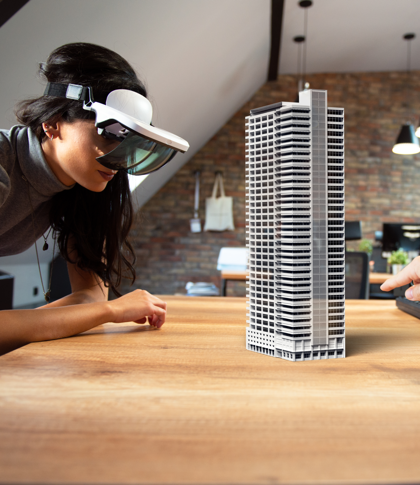

QuiverVision’s Quiver Education app allows teachers to bring concepts to life with AR experiences that work in tandem with real-world coloring book experiences, helping students better understand concepts in fields such as biology and geometry.
AccuVein developed an AR imaging device that allows health care professionals to see a map of peripheral veins on the skin’s surface, resulting in an increase in successful IV insertions on the first try.
Engineers at Lockheed Martin no longer need years of training to be ready to assemble F-35 aircrafts. By wearing AR glasses that overlay images onto their real working environments, engineers can see renderings of cables, bolts, parts, part numbers, and instructions on how to assemble a particular component. This new method has been shown to increase engineers’ accuracy to 96% while increasing their speed by 30%. As the lead contractor for NASA’s Orion spacecraft, Lockheed Martin is also using AR to increase production efficiency and quality: rather than spending a week on a complex assembly process, technicians wearing AR glasses can finish the same process, with fewer errors, in less than one day.
AR is becoming an important part of the firefighter’s toolkit. Recently developed AR technology allows firefighters to see through smoke to identify the people and objects in a smoke-filled space, potentially saving lives—including the
firefighter’s own.
AR is helping individuals overcome sensory barriers. AR is providing blind and visually impaired users with a significantly more unobtrusive and hands-free way to access the world around them. AR is also bridging the gap for the hard of hearing. Developers are creating AR glasses that provide a holographic interpreter to translate verbal speech into sign language in real time. These technologies are proving useful for job training, workplace collaboration and new levels of independence.
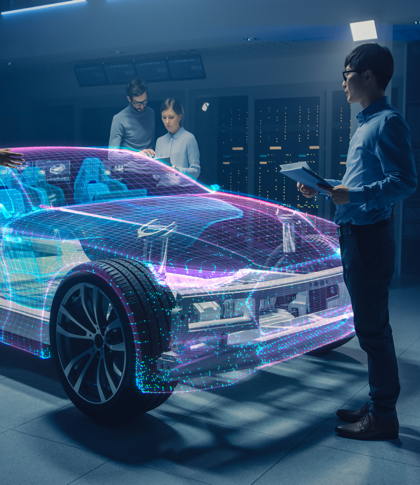

Microsoft and Pearson partnered to create a mixed-reality curriculum using HoloLens and Windows Mixed Reality headsets to immerse students in subject areas such as health, history, chemistry, and math.
XR helps surgeons visualize organs, tumors, X-rays, and ultrasounds in real time and from multiple angles without diverting attention away from patients. Surgeons at the Cleveland Clinic are using Microsoft’s HoloLens to layer virtual, three-dimensional projections of their patients’ anatomies atop their bodies, improving efficiency and reducing procedure time.
PACCAR, a global leader in the design and manufacturing of commercial trucks, is using Dynamics 365 Guides and HoloLens to easily create heads-up, hands-free holographic employee training materials.
In 2019, Live Nation Entertainment launched a suite of mixed reality experiences, including a livestream in which users can see three-dimensional views of their selected performances by merely pointing the app toward a flat surface.
The XRAlert provides a fast, free, and curated update about the rapidly evolving immersive tech industry brought you by the XR Association. Delivered every Tuesday, it covers everything you need to know about XR today, tomorrow, and on the horizon, and the people who make it happen.